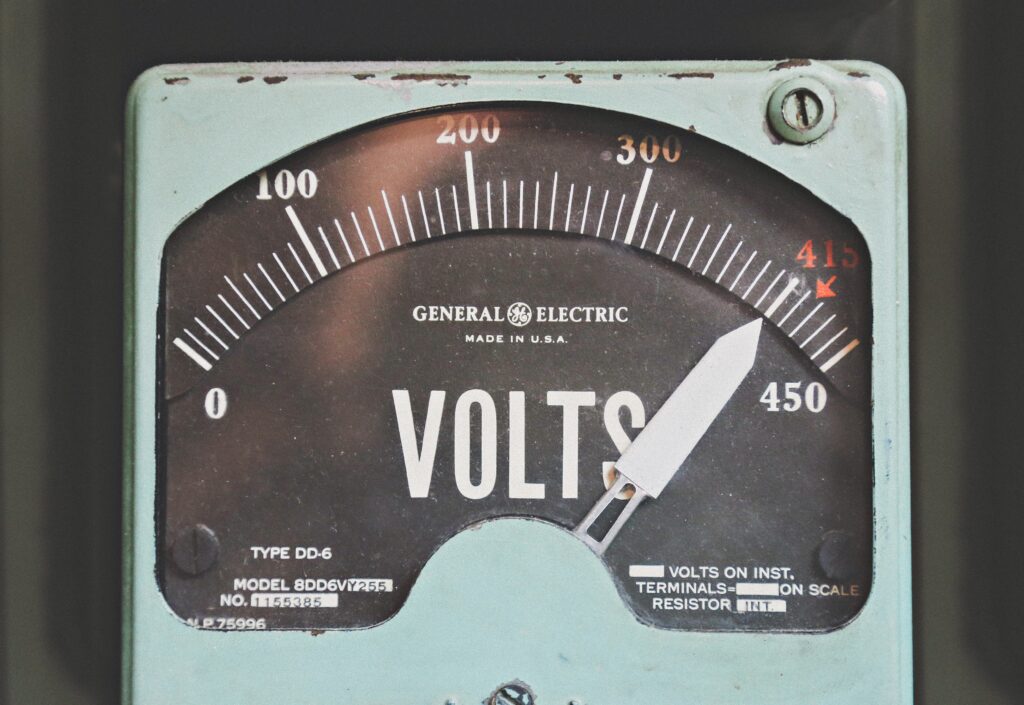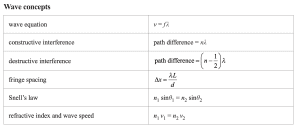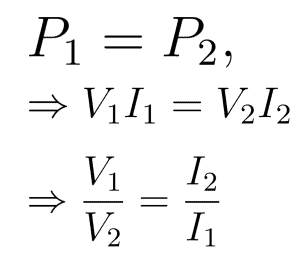
You’ve come to the right place! This article is going to provide a brief overview of the VCE Physics Formula Sheet, and then offer some helpful tips so that you can best utilise this vital resource.
So, let’s dive in!
What’s on the Formula Sheet?
Tip #1: Don’t Overlap With Your Notes
Tip #2: Be Aware of Any Equations Not on the Formula Sheet
Tip #3: Use it When Practising
Tip #4: Figure Out How to Derive the Equations
Tip #5: Make Sure You Know Your Units
Tip #6: Memorise Equations
What’s on the Formula Sheet?
You can find an example of a physics sheet used for the VCE Physics exam here.
Be one step closer to acing your end of year VCE Physics exams and read our guide.

Wave Concepts from the VCE Physics Formula Sheet from VCAA
Each equation only has a brief description — this means that you can’t rely on the formula sheet to answer the questions for you, you’ll need to understand how to apply each equation.
Make sure you know what to expect from VCE Physics Study Design!
Tip #1: Don’t Overlap With Your Notes
You are allowed to bring two double-sided A4 sheets of notes into the exam, which you are to use alongside the formula sheet.
Make sure that these notes do not overlap with material covered in the formula sheet: focus on describing concepts and ideas rather than equations!
Tip #2: Be Aware of Any Equations Not on the Formula Sheet
Not every single equation discussed in VCE Physics is on the formula sheet (try and find circular velocity). Certain knowledge is assumed by the examiners which you must either know well or have included on your own notes.
Make sure to consider how well you know certain assumed mathematical knowledge, especially Pythagoras’ Theorem and the trig ratios, as these will be key to completing kinematics questions.
Also preparing for your VCE Chemistry exams? Check out our definitive guide to using the VCE Chemistry Data Booklet!
Tip #3: Use it When Practising
Make sure that when you’re completing practice exams, you use the formula sheet provided on the VCAA. This will develop a familiarity with the location of each particular equation on the sheet, which can save precious time in the exam.
Tip: Check out our Master List of VCE Physics past exams when completing your practice exams!
Doing this will also build confidence, and then you can avoid those awful moments where you don’t know what to do to answer a particular question.
Tip #4: Figure Out How to Derive the Equations
All the equations listed on the formula sheet will make a lot more sense if you know how they’ve been derived or determined.
For example, consider the transformer equation:
This equation is derived by assuming that the power put into the transformer is equal to the power that comes out of the transformer. That is:
Remembering this ‘story’ of the equation is a great way to familiarise yourself with how the equation is used and what it means.
Learn how to ace your scientific poster assessment for VCE Physics!
Tip #5: Make Sure You Know Your Units
Even if you know the equations well, you need to make sure you know what units the output will be in.
For example, if you are given voltage in kV and current in A, then the power calculated by the equation P = VI will be in units of kW.
If you struggle with converting between units, try and think in these terms: “If I have 1000 Volts and 1 Ampere, how many Watts do I have?”. Clearly you have 1000 W, which is equal to 1 kW.
You can also write this out more explicitly as an algebra problem.
Tip: Be absolutely sure that you’re on top of how to use units, since units are not only an easy way to lose marks on a question, but also vital for understanding the data given on the last page of the formula sheet.
Tip #6: Memorise Equations
To improve your ability to use and recognise the formulas, you should make flash cards out of the formula sheet.
This will provide a convenient way for you to memorise all the various equations!
Remember that the goal is not just to understand the mathematics of the equation but also the physical meaning, as understanding how both is key to effectively working through your VCE Physics exam.
Also studying VCE Biology? Check out our guide to acing your end of year VCE Biology exams!
And, that’s all the tips you need!
Check out more of our VCE Physics resources below:
- VCE Physics Short Answer Practice Questions For External Assessment
- The Ultimate 7 Day Study Plan for Your VCE Physics Exam
- VCE Physics Multiple Choice Practice Questions For External Assessment
- What to Do the Night Before Your VCE Physics Exam
- The Ultimate Guide to Units 1 and 2 VCE Physics
- The Ultimate Guide to Units 3 and 4 VCE Physics
Are you looking for some extra help with preparing for your VCE Physics exam?
We have an incredible team of VCE tutors and mentors!
We can help you master the VCE Physics study design and ace your upcoming VCE assessments with personalised lessons conducted one-on-one in your home or online!
We’ve supported over 8,000 students over the last 11 years, and on average our students score mark improvements of over 20%!
To find out more and get started with an inspirational VCE tutor and mentor, get in touch today or give us a ring on 1300 267 888!
Scott McColl is a content writer with Art of Smart and a Civil Engineering student at Monash University. In between working and studying, Scott enjoys playing music and working on programming projects.






